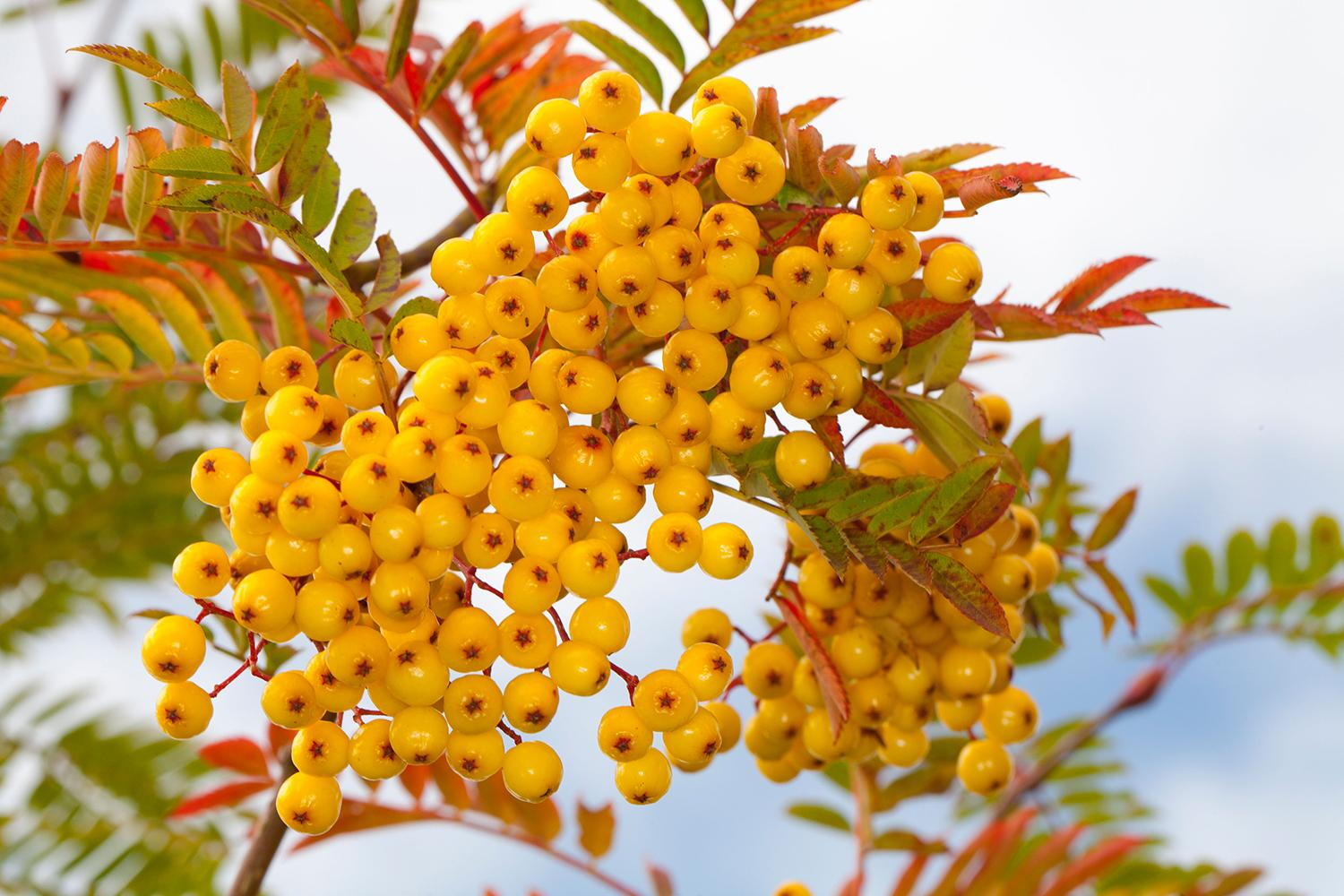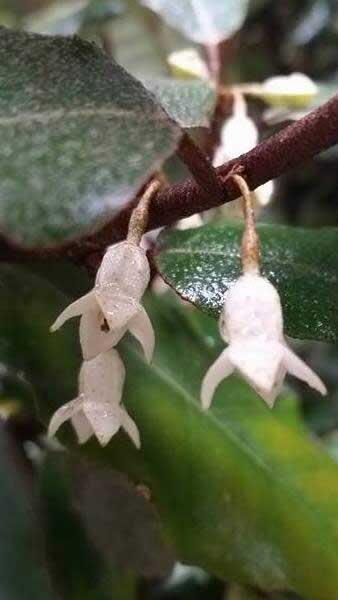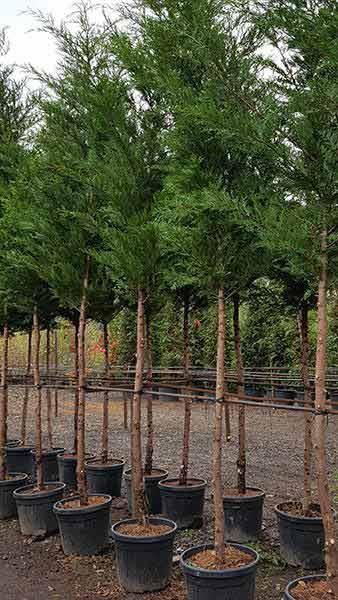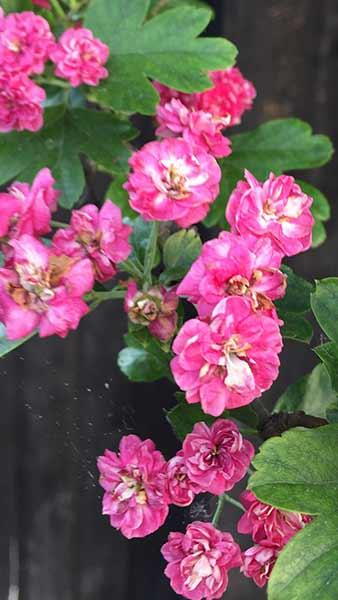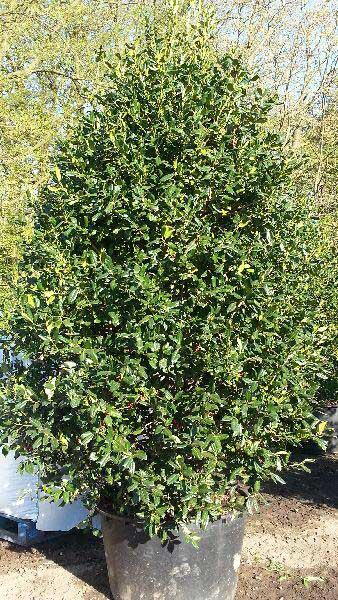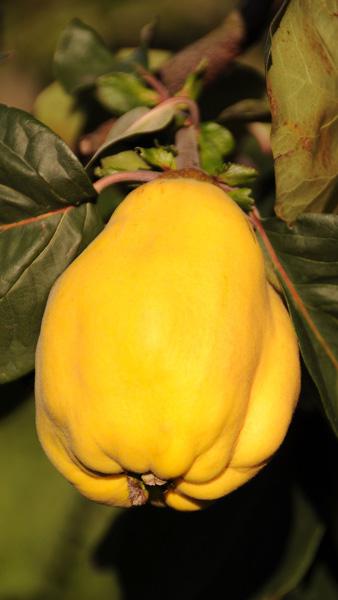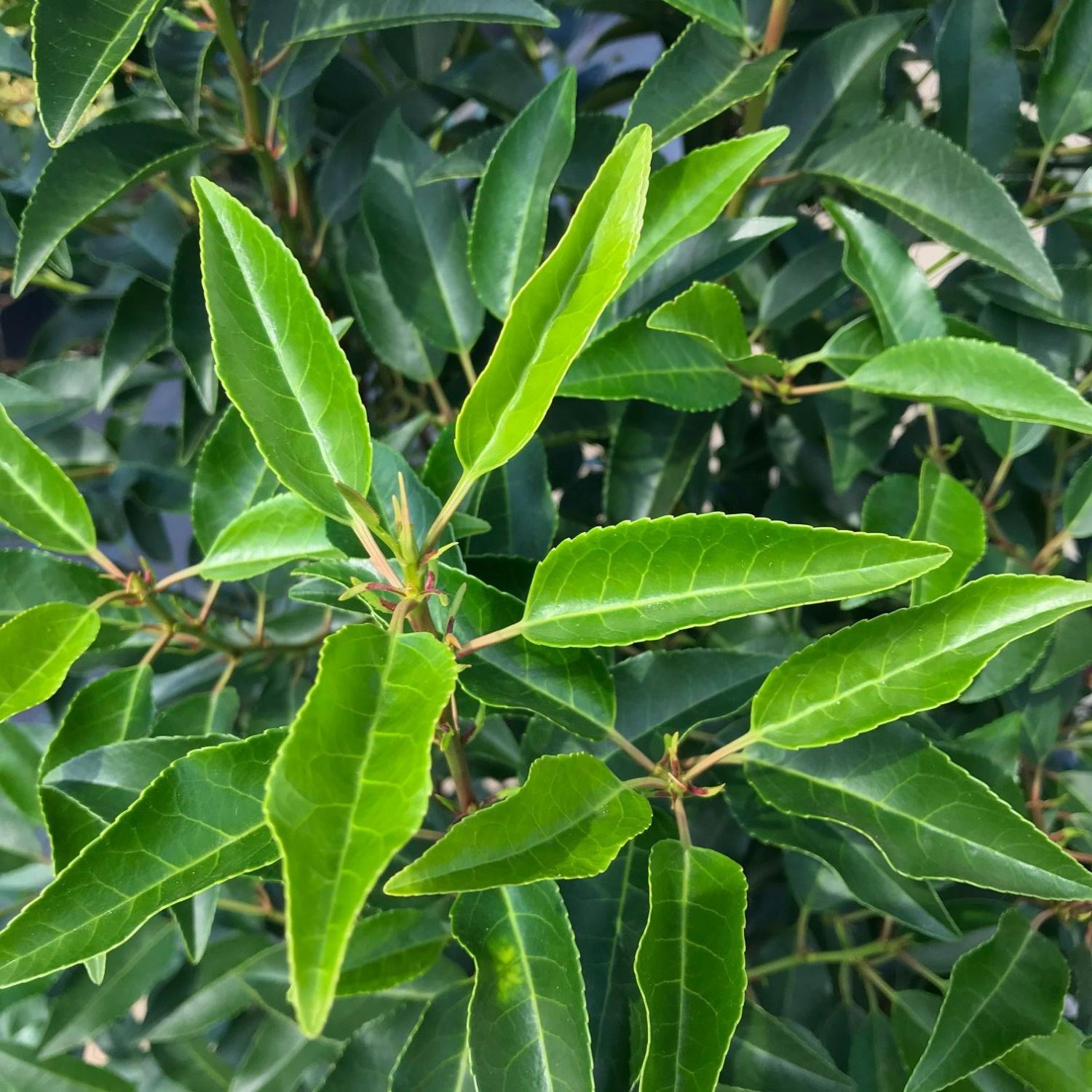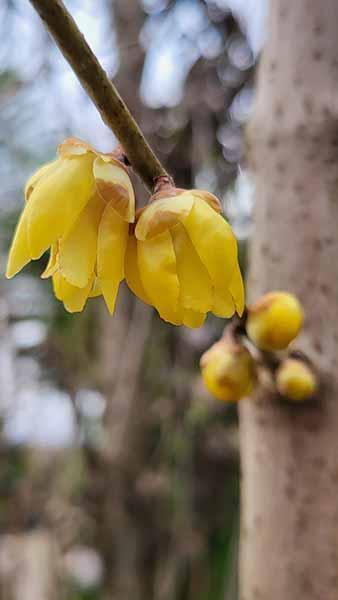Cydonia oblonga Rea’s Mammoth Quince Tree for Sale Online
Cydonia oblonga Rea’s Mammoth, Quince Rea’s Mammoth, is called Mammoth not for the size of the tree, but the size of its fruits! This variety of fruiting quince will provide heavy yields of large quinces every autumn.Originating in south west Asia, Cydonia oblonga have been grown for millennia, and were first recorded in England in 1275 when Edward I planted four trees at the Tower of London. Cydonia oblonga Rea’s Mammoth was bred in New York State in the 1870’s by Joseph Rea, and is notable for the size of fruit that it produces. The oval-shaped dark-green leaves have a white underside, making for an attractive contrast when a breeze is blowing. In autumn the foliage of Quince Tree Rea’s Mammoth turns yellow. In mid-spring, the tree is covered in small, fragrant, pale-pink flowers, which are followed by pear-shaped fragrant fruits which are green when immature and ripen to yellow in autumn, and can reach a size from 350-600 grams each!Hardy in most parts of the UK, Cydonia oblonga Rea’s Mammoth will grow to a mature height of 5-6 metres and spread of 4-6 metres in 10 to 20 years. It should be pruned in winter in a manner similar to apples to maintain vigorous fruit production. Quince Tree Rea’s Mammoth is self-fertile so does not need another variety planted nearby for cross-pollination. If planting more than one, space them 4.5 metres apart.Plant Cydonia oblonga Rea’s Mammoth in full sun in a sheltered position in moist but well-drained clay, loam or sandy soil with an acid to neutral pH. Add plenty of humus to create a deep, fertile soil, and mulch every spring with well-rotted manure or compost. Quince trees are sensitive to salt, so they will need protection from sea winds in coastal regions, but they are very tolerant of pollution, so can be planted in city gardens. They are deer resistant, and thus are perfect for country properties.In a small garden, a Cydonia oblonga Rea’s Mammoth tree will serve several duties, with attractive foliage creating shade throughout the season, fragrant spring flowers, and then the harvest of ornamental quince fruits in the late autumn. On a larger property, a small orchard of a variety of Quince trees would ensure heavy crops. Cydonia oblonga Rea’s Mammoth will provide your garden with a spring flower display, summer shade, and an autumn foliage show and harvest of fragrant fruits!Cydonia Oblonga is the family of fruiting quinces grown primarily for their fruit. Not to be confused with the ornamental or flowering quinces are a different classification and known as Chaenomeles – e.g. Chaenomeles Superba Pink Lady. Lots more choice in our fruit trees section.
